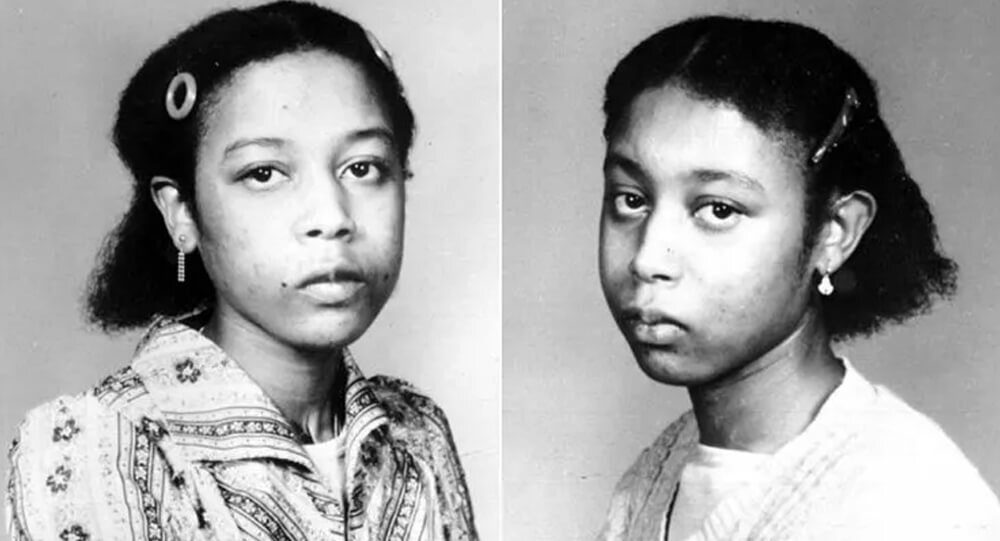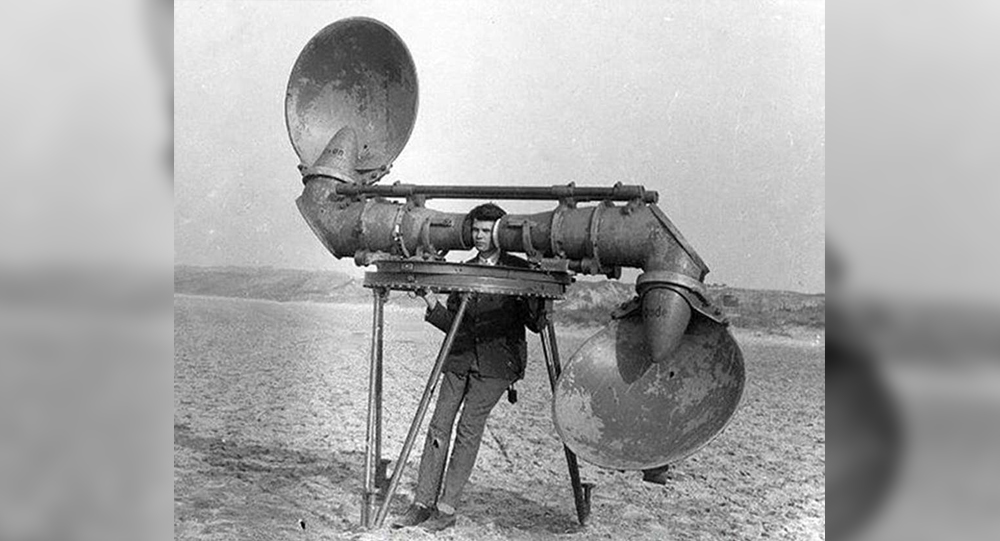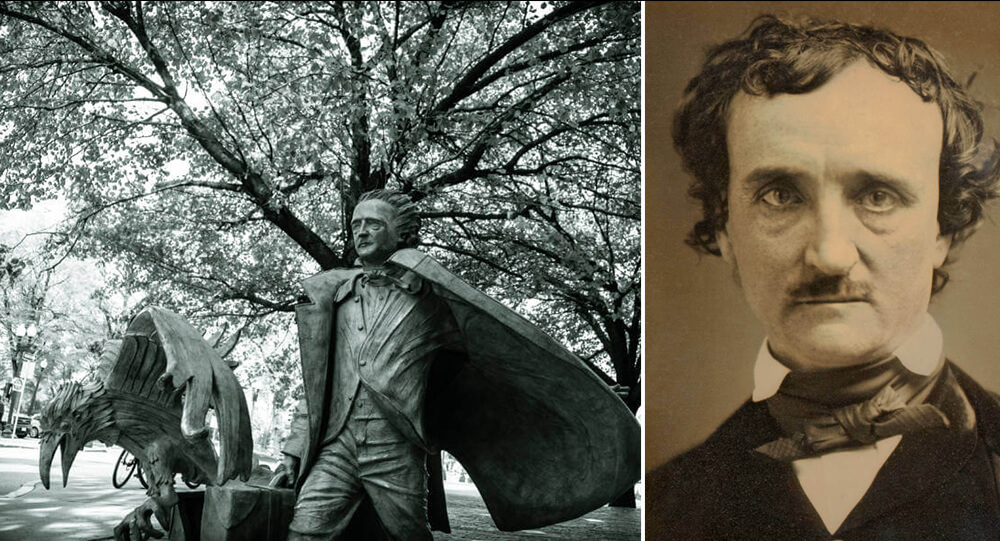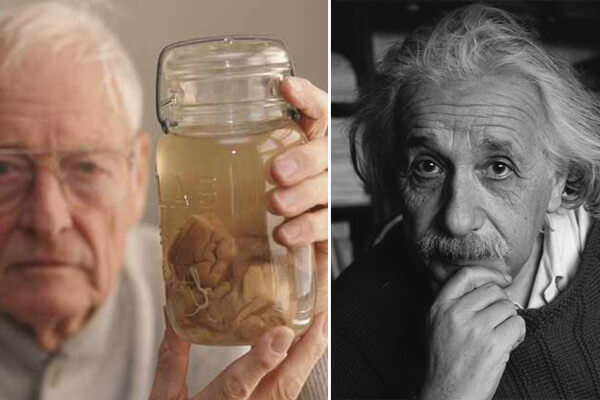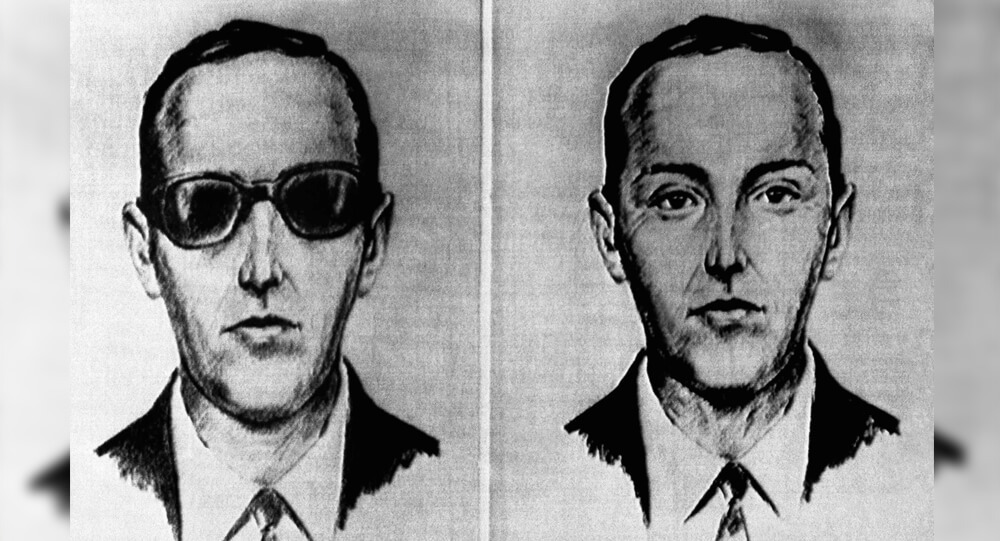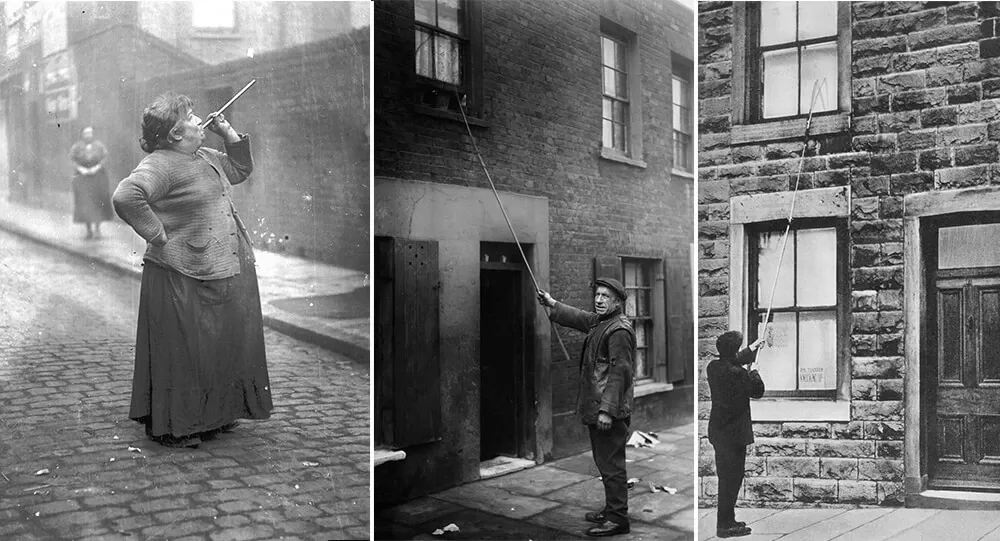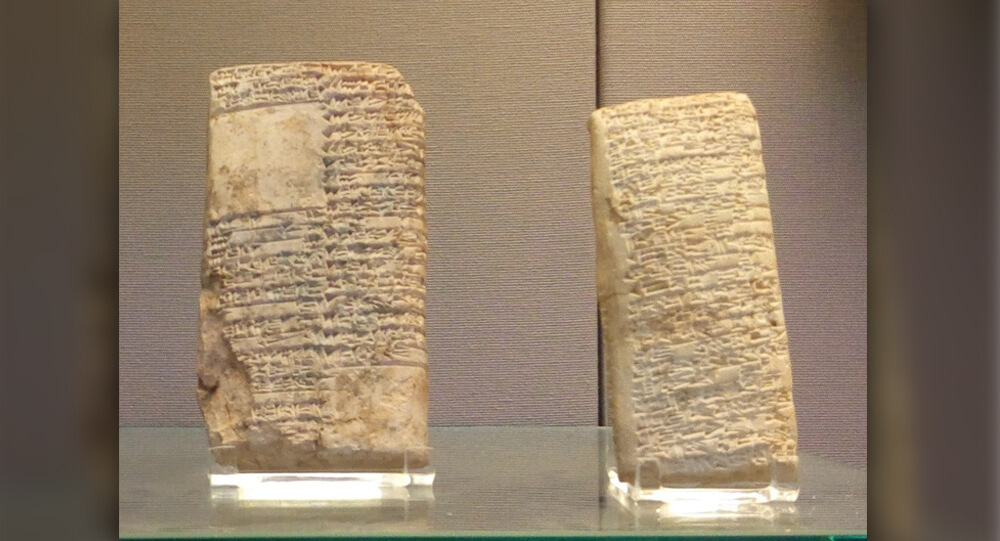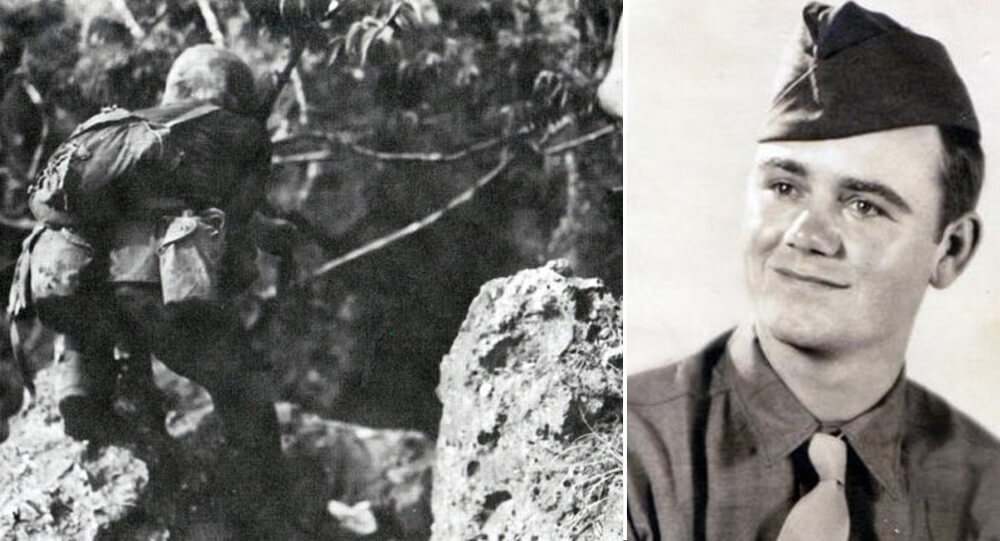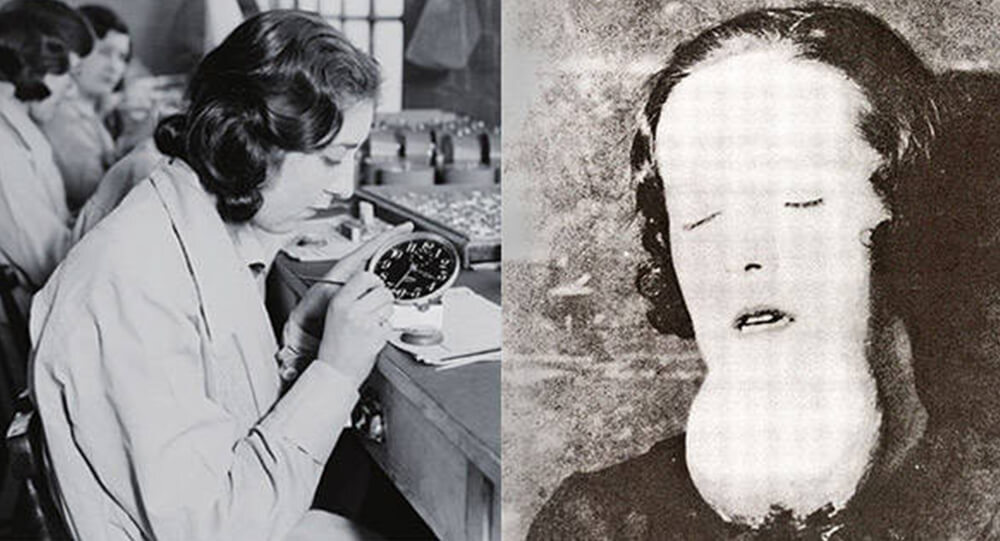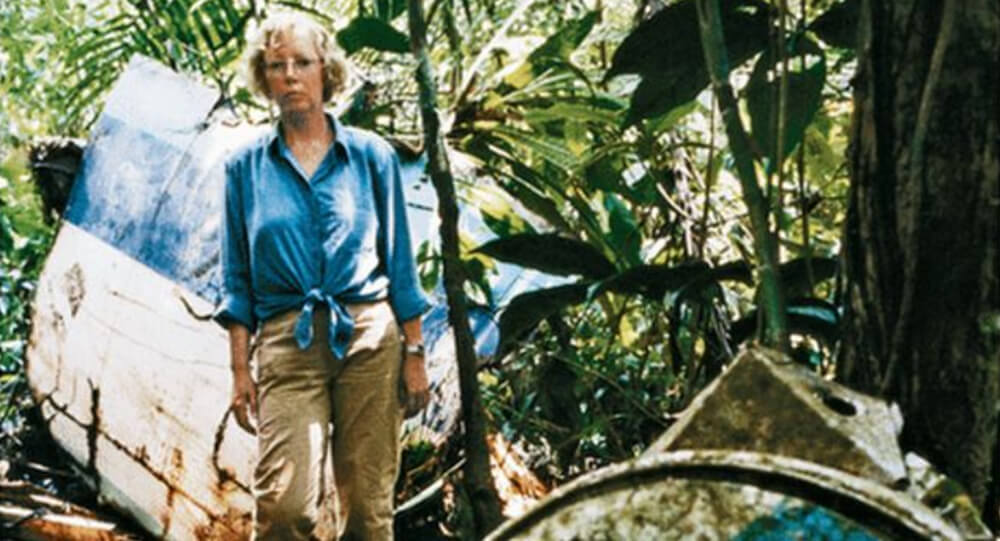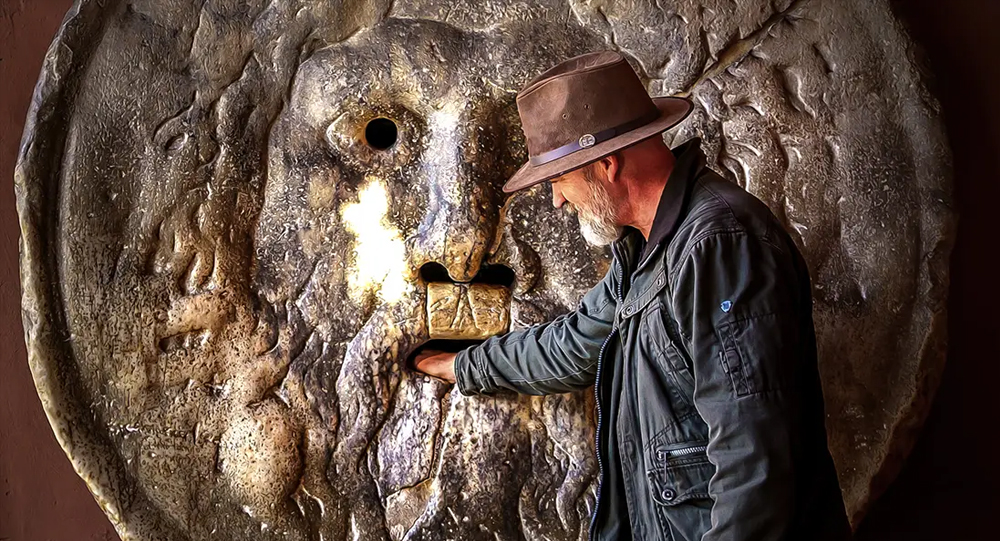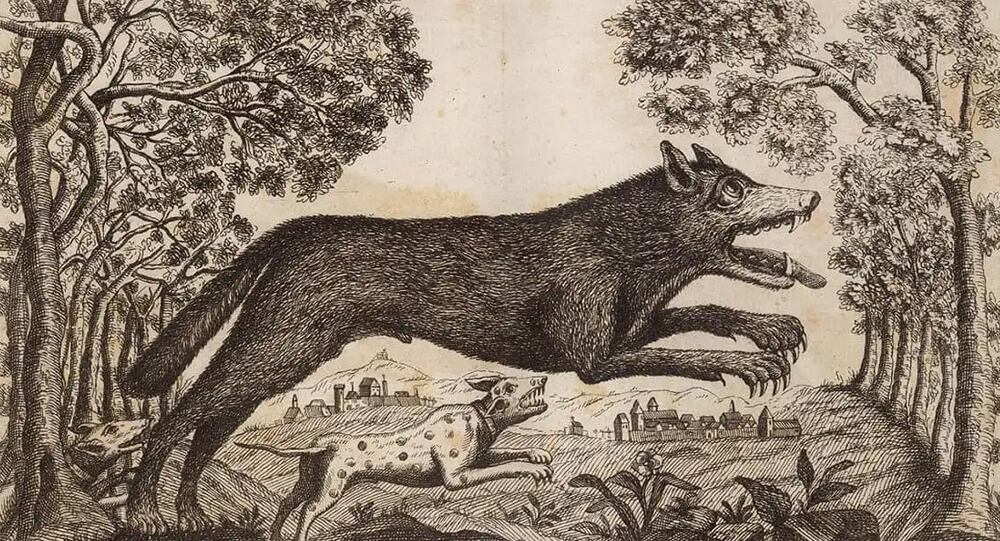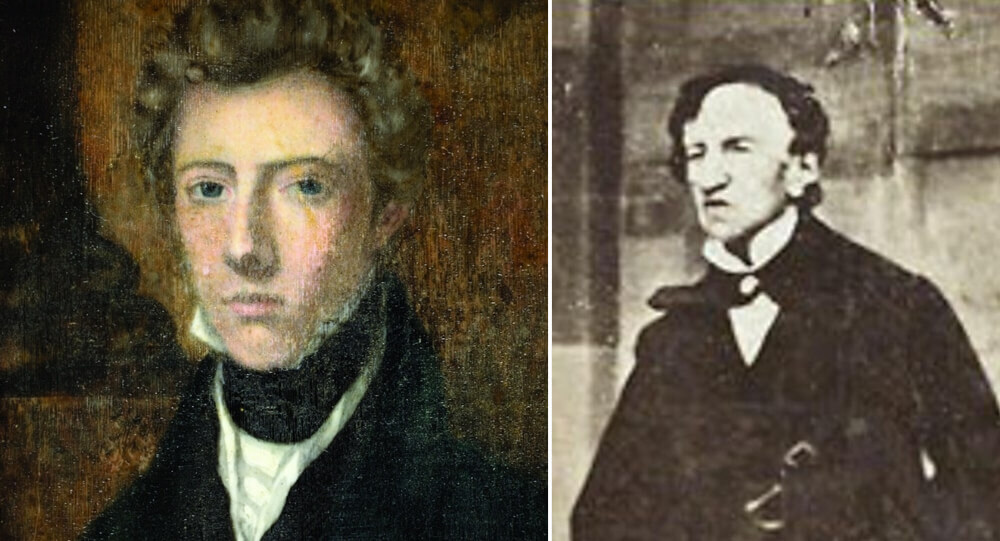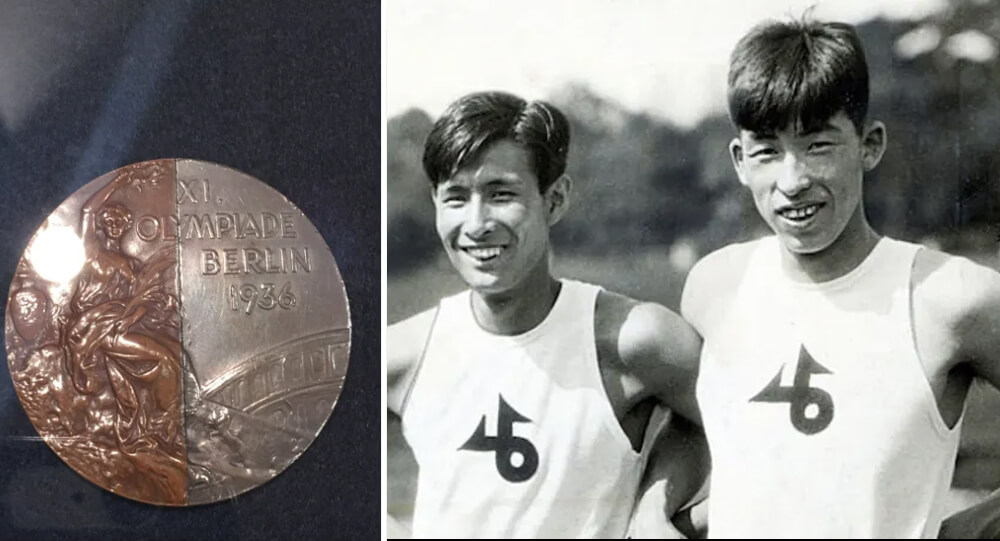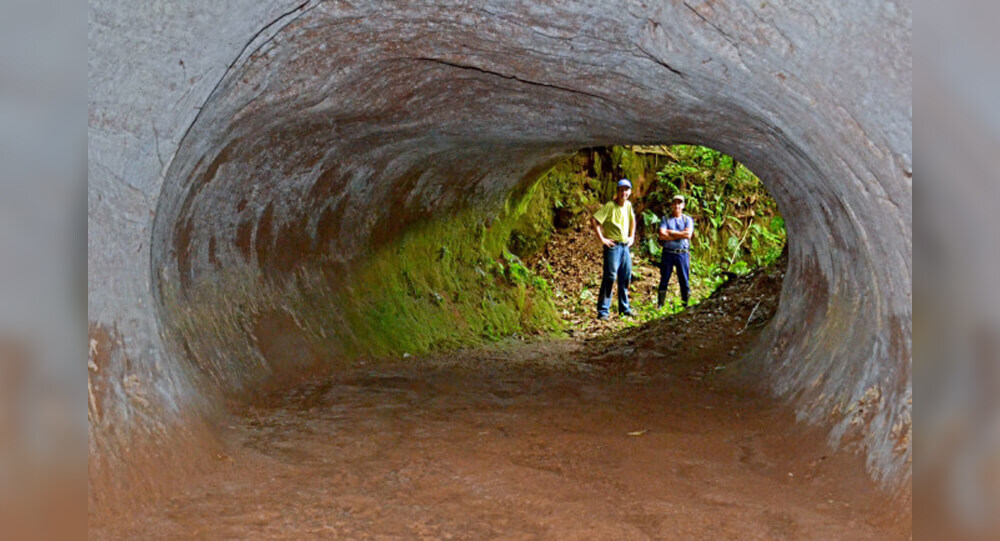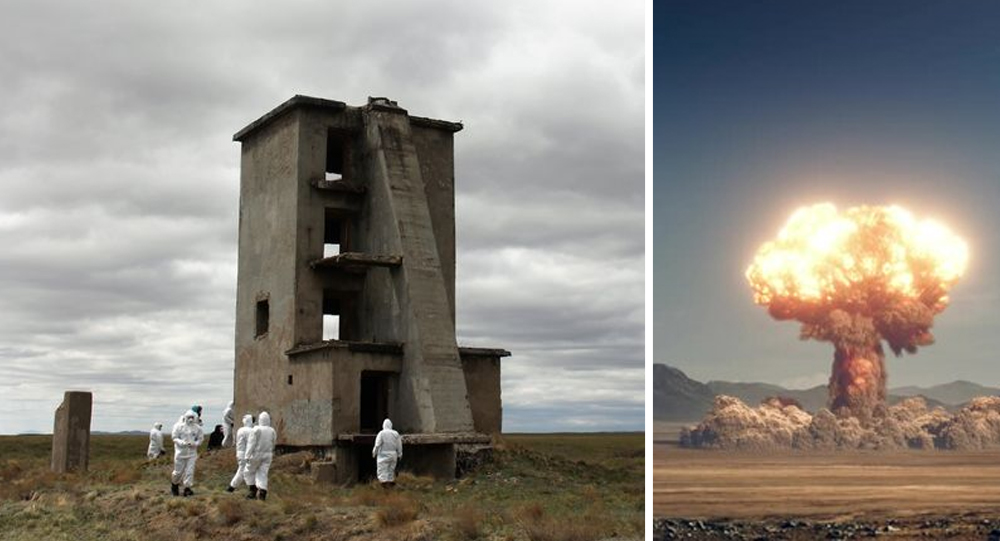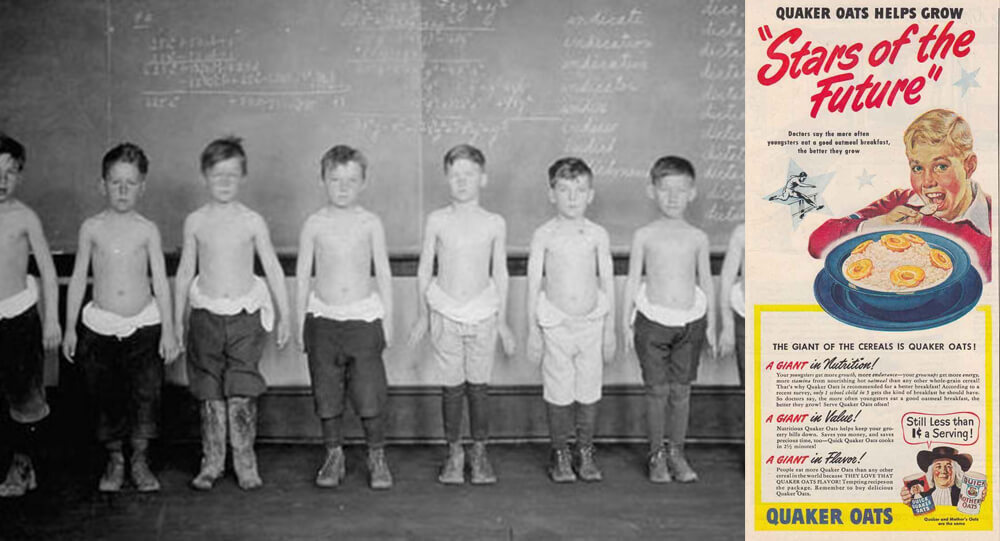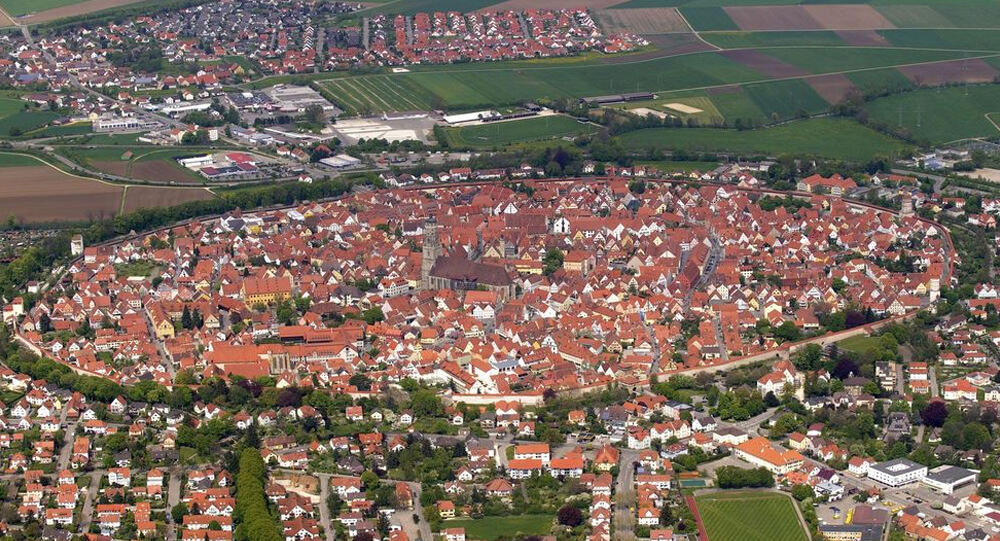
The charming town of Nördlingen is located in central Germany and seems to have remained unaltered by the passage of time. Nördlingen is located inside the boundaries of a sizable meteorite impact crater, which conceals a remarkable secret beneath its charming streets and ancient structures. The Ries Crater was created when a massive space rock collided with Earth’s surface approximately 15 million years ago, forever changing the region’s geological landscape. The recent discovery of diamonds within the crater, which sheds new light on the cosmic forces that shaped our planet, makes this impact all the more extraordinary. Join us as we explore the intriguing tale of the meteorite impact that shaped Nördlingen, revealing its geological significance, scientific findings, cultural ramifications, and the efforts to preserve this distinctive legacy.
The Fascinating History of Nördlingen’s Meteorite Impact

Imagine yourself strolling through the charming streets of a German town, unaware that the ground beneath you conceals a mystery from millions of years ago. Welcome to Nördlingen, a small town in Bavaria, Germany, which once witnessed a historic occurrence: a meteorite impact that took place about 15 million years ago.
The Ries Crater, a geological marvel with a diameter of over 24 kilometers, was created by the meteorite that hit Nördlingen. One of the best preserved impact craters in the world, this extraordinary site provides insightful information about Earth’s past.
There are numerous signs of the meteorite’s massive impact all over the region. Impact breccia, a type of rock created by the force of the meteorite striking the Earth’s surface, is one of the obvious signs of the catastrophic event in the area around Nördlingen. These geological artifacts serve as a reminder of the significant force that molded the area.
Discovering Diamonds in the Crater: A Surprising Finding

As if the meteorite impact itself weren’t intriguing enough, researchers found diamonds in the Ries Crater, which is astounding! You did read that correctly. Due to the intense pressure and heat produced by the meteorite impact, these priceless gemstones were created.
Despite their small size, the diamonds discovered in Nördlingen are a testament to the exceptional circumstances that prevailed during the crater’s formation. Finding diamonds that were created as a result of a long-extinct space rock crashing into Earth is a rare occurrence.
The Impact’s Aftermath: Formation of the Ries Crater

In addition to the immediate geological changes, the impact that formed the Ries Crater had far-reaching effects. The massive energy release significantly changed the local environment and had an effect on the local flora and fauna.
Following the impact, the area experienced abrupt changes in humidity and temperature that led to the emergence of distinctive microclimates. These microclimates, along with the crater’s unique geological features, have encouraged the growth of diverse ecosystems that are unique to the region.
So, the next time you’re strolling through Nördlingen’s streets, stop to consider the amazing past that lies beneath your feet. Not only is this charming town a testament to human history, but it also holds the remnants of a cosmic event that forever shaped the landscape and gifted us with a sprinkle of celestial bling.
Scientific Significance: Studying the Meteorite’s Composition
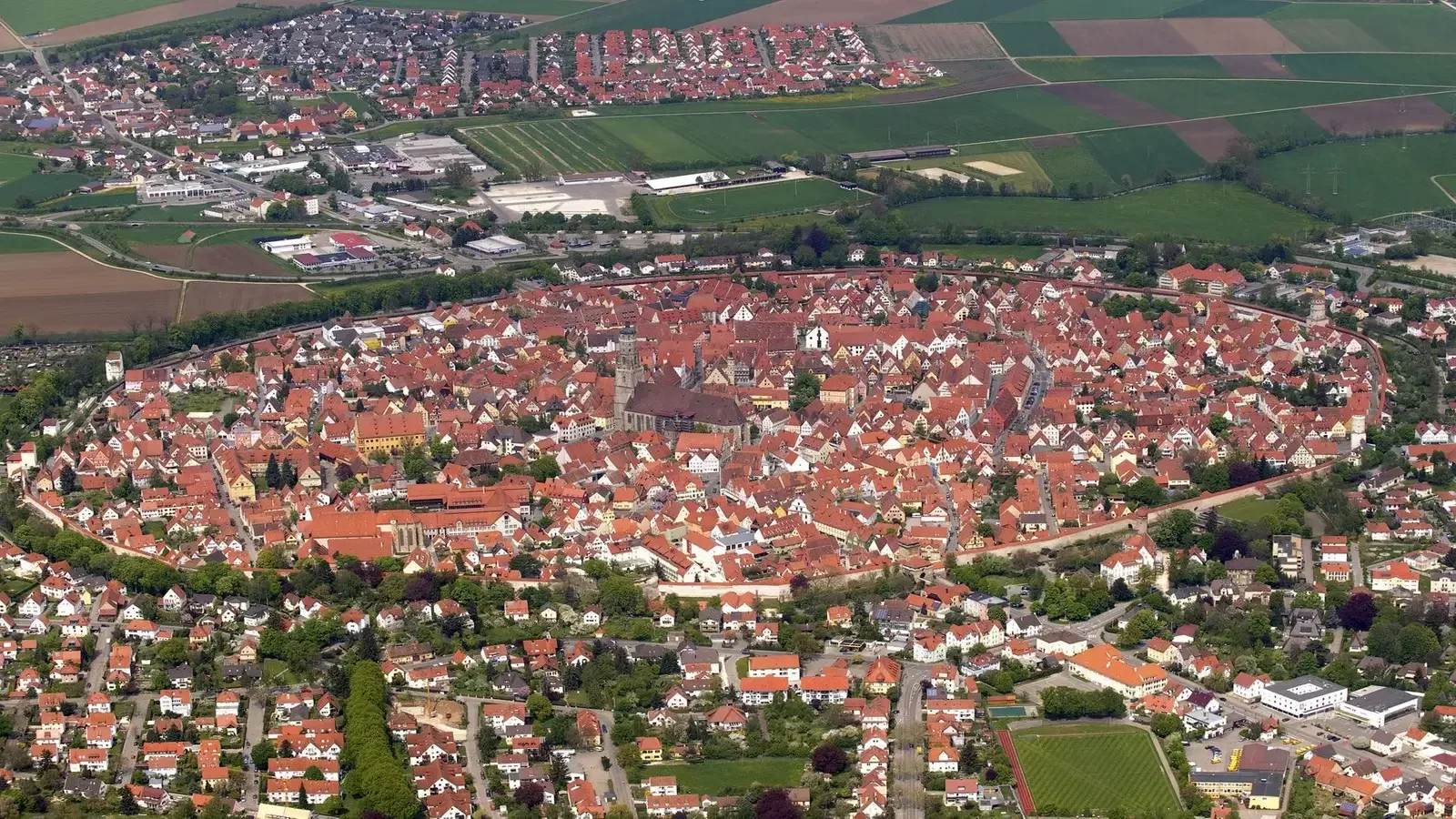
There will undoubtedly be some questions when a meteorite the size of a small town crashes into your backyard. The Nördlingen meteorite has scientists happy with excitement, not just because of its size but also because of the priceless gems it carried. The composition of this celestial visitor has been determined through meticulous analysis, revealing a wealth of knowledge about our universe.
The Nördlingen meteorite is more than just an ordinary space rock; it holds the key to understanding the enigmas surrounding the origin and development of our planet. Scientists can learn a lot about the processes that formed Earth billions of years ago by analyzing the elements and isotopes in the meteorite. From studying the meteorite’s composition, they can piece together the complex puzzle of our planet’s formation and evolution, like cosmic detectives sifting through evidence from the heavens.
Tourism and Local Economy: The Meteorite’s Attraction
With its claim to celestial fame, Nördlingen has drawn curious tourists looking for an uncommon experience. Visitors from all over the world come to this quaint town to marvel at the impact site, take in the preserved medieval architecture, and soak up the atmosphere of the past. This formerly sleepy town has been transformed into a thriving tourist destination thanks to the Nördlingen meteorite, which offers a unique cosmic adventure.
Fame brings wealth, and the Nördlingen meteorite has benefited the local economy and its residents. The steady flow of visitors eager to see a piece of cosmic history has given the local economy a boost. As travelers eagerly look for souvenirs of their extraterrestrial journey, hotels, restaurants, and gift shops flourish. The meteorite’s impact extends beyond the physical and historical – it’s a boon for the community, ensuring the town’s prosperity for years to come.

What is the story behind Wrigley chewing gum?
Wrigley's was originally a soap company that gifted baking powder with their soap. The baking powder became more popular than the soap so they switched to selling baking powder with chewing gum as a gift. The gum became more popular than the baking powder so the company switched to selling gum.

June and Jennifer Gibbons The silent twin who Only Spoke to Each Other
Identical twins June and Jennifer Gibbons were born on 11 April 1963 at a military hospital in Aden, Yemen where their father worked as part of the Royal Air Force.

Before Radar: How Giant Acoustic Mirrors Detected Enemy Aircraft in WWI and WWII
Long before radar revolutionized air defense, enormous acoustic mirrors and specialized sound locators stood as the first line of defense against enemy aircraft. Designed as giant “ears,” these structures amplified distant engine noises, allowing operators to detect incoming planes by sound alone. Dive into the intriguing world of these pioneering listening devices, their operation, limitations, and enduring legacy in military history.

Inside The Mysterious Death Of The Famed Gothic Writer Edgar Allan Poe
Hours before his death Edgar Allen Poe was found on the streets of Baltimore. He was incoherent, wearing another man’s clothes, and unable to explain how he got there. The cause of his death is an unsolved mystery.

Albert Einstein’s brain after it was stolen from his body
Albert Einstein's brain was taken by the opportunistic pathologist who performed his autopsy hours after he died and kept in two jars for 30 years. The stolen brain of Albert Einstein was preserved in a cookie jar for 30 years until being discovered by a journalist.

Shizo Kanakuri’s 1912 Olympic Marathon Finished 54 Years
At the 1912 Olympics, a marathon runner quit and went home to Japan without telling officials and was considered a missing person in Sweden for 50 years. In 1966, he was invited to complete the marathon. His time: 54 years, 8 months, 6 days, 5 hours, 32 minutes, and 20.379 seconds.

The History Behind the “No One Dies Alone” Program
In 1986, while doing a night shift at the hospital, Sandra Clarke, a registered nurse, was asked by an elderly patient to stay. She promised to be back after checking on her other patients, but by the time she returned, the gentleman had passed away. Clarke became one of the key figures in launching No One Dies Alone, a program that allows volunteers to sit with terminal patients who have no one else.

Why the Word ‘Pen’ Comes from the Latin ‘Penna’ Meaning Feather
The humble word “pen” carries a rich history rooted in ancient times, derived from the Latin word penna, meaning “feather.” Long before modern pens revolutionized writing, feather quills—especially from geese—were the essential tools of scribes, scholars, and artists. This article journeys through the origins of the pen, its evolution, and fascinating trivia about the timeless connection between feathers and writing.

Henry Ford, The man popularizing the concept of the weekend off
Henry Ford was the first Industrial Giant to give his employees both Saturday and Sunday off in the hope of encouraging more leisurely use of automobiles and thus popularizing the concept of the "weekend."

D.B. Cooper: Man who hijacked a plane and jumped out with a $200,000
On November 22, 1971, DB Cooper hijacked a Boeing 727, drank a whisky, smoked a fag, and then jumped out of the plane with $200,000. He was never again seen.

Knockers-up: waking up the Industrial Britain's Workers in 1900-1941
Before alarm clocks were invented, there was a profession called a knocker-up, which involved going from client to client and tapping on their windows (or banging on their doors) with long sticks until they were awake. It lasted into the 1920s.

Ea-Nasir: world's oldest written customer complaint
This clay tablet, written in cuneiform, is the oldest known written customer complaint about the delivery of poor quality copper ingots. Originally from ancient Babylon, the tablet dates back to 1750 BCE, and it was written by a customer named Nanni to a merchant named Ea-Nasir. It is currently housed in the British Museum.

The World’s First Seismograph: How Ancient China Detected Earthquakes 1,800 Years Ago
Over 1,800 years ago, long before modern technology, the ancient Chinese astronomer and inventor Zhang Heng created the world’s first seismograph in 132 AD. This ingenious bronze device could detect distant earthquakes by releasing small balls from dragons’ mouths into toads’ mouths—each indicating a different compass direction. Its historic detection of an earthquake 400 miles away astonished the imperial court and transformed the way societies understood and responded to seismic events.

Thomas Baker's heroic act that earned him the "Medal of Honor" was 8 bullets until death
Thomas Baker instructed his team to leave him with a pistol and eight bullets propped up against a tree after he was injured. Later, American troops discovered the now-deceased Baker in the same location, lying next to eight dead Japanese soldiers and carrying an empty pistol.

The true story Of The Radium Girls that change US labor laws
Hundreds of young women worked in clock factories during World War I, painting watch dials with luminous radium paint. The company lied about the risk of radiation, claiming there was no danger, which resulted in the death of the young women.

Juliane Koepcke: The Teenager Who Fell 10,000 Feet And Trekked The Jungle to survive
In 1971, a high school student was sucked out of an airplane after it was struck by lightning. She fell 10,000 feet to the ground while still strapped to her chair and survived. Only to endure a 9-day trek to the nearest civilization.

The Mouth of Truth: Ancient Rome’s Legendary "Lie Detector" That Bit Off Hands
Discover the chilling legend of the Mouth of Truth (Bocca della Verità) in Ancient Rome—a massive carved stone face believed to bite off the hand of anyone who lied while inserting their hand into its gaping mouth. Uncover the truth behind its eerie reputation and how this ancient artifact became a symbol of honesty and fear.

What Was the Beast of Gévaudan?
Between 1764 and 1767, a mysterious animal called the Beast of Gévaudan terrorized the French village called Gévaudan. It attacked and killed about 100 adults and children. While most believe it was a wolf, some say it may have been a wolf-dog hybrid, hyena or even a lion, but without any genetic evidence, the beast will remain a mystery forever.

The mysterious secret of Dr James Barry
Before women were allowed to enroll in medical school, Margaret Ann Bulkley studied medicine and assumed the identity of Dr. James Barry for 56 years while dressing as a man. After 46 years of service as an army doctor officer, her secret was not made public until after her death in 1865.

Medals of Friendship: The Enduring Olympic Story of 1936
At the 1936 Summer Olympics, two Japanese pole vaulters named Sueo Oe and Shuhei Nishida tied for second, but they declined to compete against each other. As a result, Nishida was awarded the silver medal and Oe won a bronze medal. Upon returning to Japan, the athletes had their medals cut in half and spliced together to create new "friendship medals," which were half silver and half bronze.

The day Iceland's women went on strike
Icelandic women went on strike for equal rights on October 24, 1975. 90% of women walked out of their jobs and homes, effectively shutting down the entire country. The men were struggling to keep up. The following year, Parliament passed a law requiring equal pay. Iceland elected the world's first female President five years later. Iceland now has the highest gender equality rate in the world.

Tunnels Dug by ancient giant sloths, A South American Megafauna
For years, scientists didn’t know what caused mysterious cave networks in South America. In 2010, they learned that the caves were actually tunnels dug by ancient giant sloths

The Forgotten Story of Semipalatinsk and the Soviet Nuclear Experiments
Between 1949 and 1989, the Semipalatinsk Test Site in Kazakhstan became the primary location for Soviet nuclear weapons tests, exposing millions of unsuspecting villagers to radioactive fallout. Known as the “Polygon of Suffering,” this remote desert witnessed 456 nuclear detonations that caused widespread health crises, birth defects, and generational genetic damage. This article narrates the chilling legacy of Semipalatinsk, unveiling the human cost of Cold War arms development and the ongoing struggle for healing and recognition in Kazakhstan.

Quaker Oats Fed Children with Radioactive Oatmeal
In the 1940s and 1950s, Quaker Oats and MIT conducted experiments on radioactive iron and calcium-containing cereal. The diet was part of a study to see if the nutrients in Quaker oatmeal traveled throughout the body. In January 1998, a $1.85 million settlement was reached for 30 victims who came forward.

William James Sidis: The smartest person yet forgotten by people
William James Sidis, who was only 11 years old when he enrolled in Hardvard, finished his primary and secondary schooling in less than a year. He knew eight foreign languages by the age of eight and even invented his own language, "vedergood."


